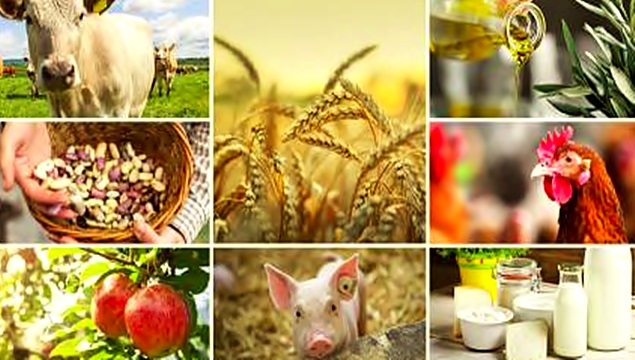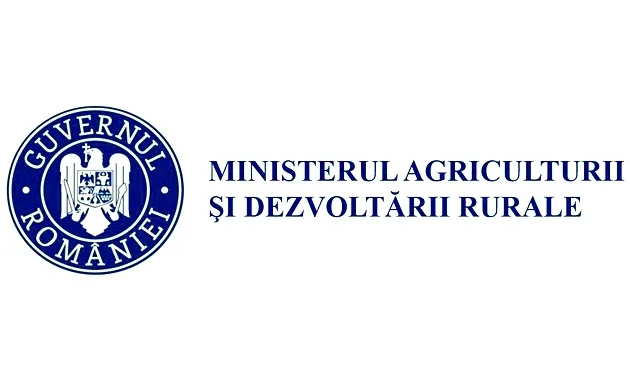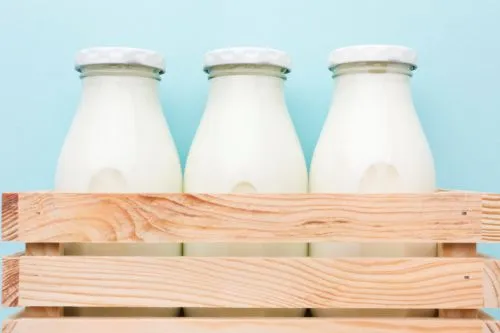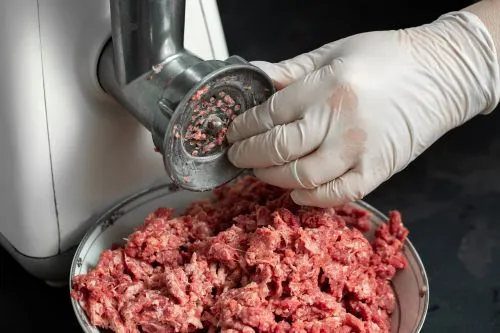1095

Starting in the autumn of 2022, energy and fertilizer prices began to decrease. High commodity prices last year helped counteract the high input costs, and initial estimates indicate an increase in the average agricultural income in the EU, with significant sectoral and regional disparities, according to the latest report issued by the European Commission through the EU Agriculture Market Observatory.
Negative impact of the war
However, the short-term market outlook for spring 2023 has been influenced by the negative impact of the Russian invasion of Ukraine, particularly on energy prices, fertilizers, and animal feed, as well as high input costs and food inflation, which continue to affect agricultural markets and consumer purchasing decisions in the EU.
Global agriculture experienced the third consecutive La Niña climatic cycle in 2022, and a large part of the EU faced winter droughts, exacerbating the water availability in regions already with low water reservoirs.
These aspects form the basis of the Spring 2023 edition of the short-term outlook report. The market outlook is provided for the EU-27. In addition to the short-term outlook, the Commission also publishes associated documents, including statistical annexes and balances.
Market fundamentals
The current macroeconomic forecast for the EU, however, is relatively more positive than in the autumn of 2022, despite uncertainties regarding energy supply for the upcoming winter and recent tensions in financial markets.
Natural gas prices have continued to decline, easing the pressure on the EU fertilizer market, but fertilizer prices are still significantly higher than two years ago. However, food inflation may remain high until the reduced input costs are transmitted along the food supply chain, bringing relief to consumers.
The EUR-USD exchange rate has returned above parity, but the US dollar is expected to remain relatively strong in the short term. The depreciation of the euro could lead to increased agri-food exports but could also result in higher input costs and further deepening of inflation.
Arable crops
The usable cereal production in the EU for the period 2022-2023 is estimated at 265.6 million tonnes, a decrease of 6.9% compared to the 5-year average, mainly due to drought conditions that particularly affected maize (-24.3% below the 5-year average).
The poor harvest, combined with high cereal prices at the beginning of the season and an anticipated decline in EU meat production, is expected to reduce the use of cereals for feed by 2.9% year-on-year, while food use is expected to increase slightly (+0.8% year-on-year).
Cereal imports into the EU could increase by 44% compared to the 5-year average, reaching 35 million tonnes, due to increased imports from Ukraine. Cereal exports are expected to remain strong (+4.7% above the 5-year average) due to increased availability of soft wheat.
Oilseed production in the EU in 2022-2023 is expected to reach 31.3 million tonnes (+5.2% above the 5-year average), aided by an excellent rapeseed harvest (+13.6% above the 5-year average), which outweighs the weighted decline in sunflower seed production due to summer drought.
Specialized crops
Olive oil production in the EU is expected to be at a record level in 2022-2023 (1.4 million tonnes, -39% year-on-year), mainly due to a decrease in production in Spain due to extremely hot and dry weather.
The lower availability, combined with high input costs, leads to higher producer prices, which are transmitted along the supply chain and result in higher consumer and export prices. As a result, both EU consumption and exports are expected to decline (following a record level of exports recorded in 2022).
In contrast, wine production in the EUis increasing and could reach nearly 158 million tonnes in 2022-2023, driven mainly by a strong recovery in France. Following the strong consumption growth in 2022, it is likely to return to a declining trend, slightly above the level during the initial COVID-19 outbreaks. EU wine exports could remain stable, at a level comparable to previous years.
The weather has negatively affected orange production in the EU, especially in Spain (-16%) and Italy (-20%). A stronger reduction in processed oranges is expected. The reduced availability could lead to increased imports.
High prices are expected to have a negative impact on fresh per capita apparent consumption (-7%), but less so for other types of fruits. Apple production in the EU is expected to be above average.
More apples could be directed towards processing due to high storage (particularly high energy prices) and transportation costs. Similar to oranges, EU per capita apparent consumption of fresh apples could decrease (-6%), while processing of fresh apples could increase (+4.5%).
Milk and dairy products
Despite expectations of lower production, milk production in the EU in 2022 remained relatively stable. However, lower milk fat and protein content reduced processing availability.
EU dairy product exports decreased in volume (but reached a record level in terms of value) due to high prices in the EU, limited supply, and lower imports from China. On the other hand, domestic dairy consumption increased slightly, despite rising food inflation.
In 2 023, cow slaughter is likely to increase in response to lower raw milk prices, which may also be partially offset by increased milk production (normal weather conditions assumed). Despite a slight decrease in EU milk supplies (-0.2%), processing availability could still be held steady due to higher milk fat and protein content.
The cheese and whey processing flow is expected to be favored by the industry, due to the potential for exports from the EU and the relatively stable domestic consumption of cheese. Butter production and SMP could decline due to higher-than-usual stocks (taken over from 2022), which could partially offset the increase in exports and domestic use.
Overall, EU consumption is expected to experience some shift in consumer preferences towards lower quality products, influencing value rather than total volume. The recovery of import demand in China would be an important factor for the growth of EU exports.
Meat products
EU beef production is expected to fall further in 2023 by 1.6%, mainly due to a structural adjustment in the beef and milk sector, despite high beef prices. The current price environment could attract more imports from the UK and South America (+5%), while EU exports could remain flat as global supply is also low and demand fairly firm.
A smaller breeding stock as well as African swine fever (ASF) push EU pork production further down by 5% in 2023, despite falling feed prices. Exports to China are expected to decline, further slowing EU exports in 2023 by 3%.
As production costs fall from very high levels, EU poultry production could see a modest recovery of 1.1% in 2023, despite the emergence of highly pathogenic avian influenza (HPAI). In addition, high EU poultry prices make EU exports more difficult. The suspension of duties on products from Ukraine favors poultry imports and increases domestic availability.
The historic decline in sheep and goat flocks in the EU has led to a 1% reduction in slaughter in 2023, despite high domestic prices. More imports from New Zealand are expected due to favorable lambing conditions and high EU prices.




